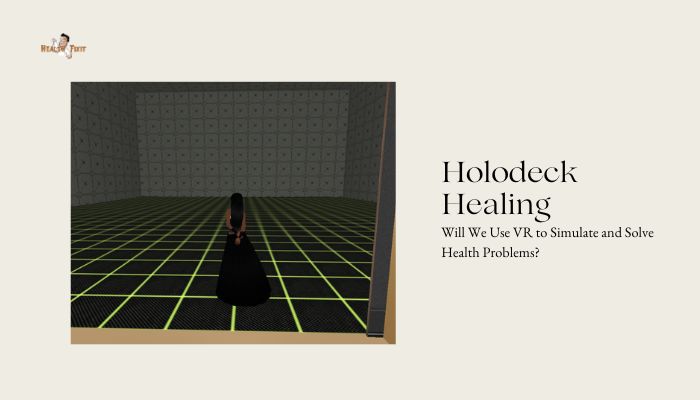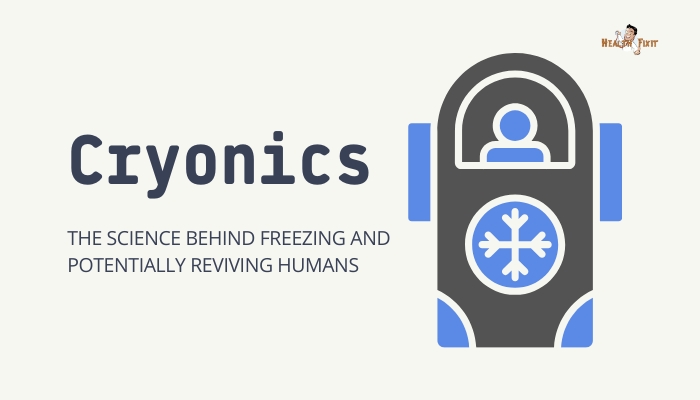Introduction
From Star Trek’s “holodeck” to the latest consumer VR headsets, immersive digital environments have captured imaginations for decades
. But virtual reality (VR) isn’t just for gaming or entertainment—it’s already making waves in medicine.
By letting doctors and patients enter simulated worlds that mimic real-life scenarios, VR can alleviate pain,
train surgeons, treat phobias, and even accelerate rehab. This article explores the unfolding uses of VR in healthcare, the evidence behind these applications,
and whether we might soon see a “holodeck” approach become standard practice in hospitals and clinics.
VR’s Core Value in Healthcare
Controlled, Repeatable Environments
A major advantage of VR is its ability to recreate specific scenarios safely and consistently.
Surgeons can practice complex procedures on a virtual patient without the risk of harming anyone, while patients can confront anxieties or re-learn motor skills in a supportive, tailor-made simulation.
Multisensory Engagement
Because VR can envelop users visually and audibly, and sometimes incorporate haptic feedback, experiences feel remarkably realistic. This deep immersion often yields better focus and stronger training outcomes compared to 2D screens or passive observation.
Personalization
Software can adapt to each user’s progress, adjusting difficulty or injecting feedback to match skill level or therapeutic needs. This dynamic approach fosters more rapid gains and fosters patient motivation.
Clinical Applications of VR
Pain Management
Research shows VR can distract patients from acute or chronic pain by engaging the brain’s sensory inputs. For example:
- Burn Wound Care: Immersive snowy VR games help burn patients reduce pain perception during bandage changes.
- Pediatric Procedures: Kids facing injections or minor surgeries show less anxiety and pain with VR distraction.
Mental Health and Phobia Therapy
VR-based exposure therapy gradually introduces fearful stimuli in a controlled environment:
- Fear of Heights: Patients safely “experience” tall platforms or bridges.
- PTSD: Veterans revisit traumatic scenarios in VR at tolerable intensities, guided by therapists for progressive desensitization.
Surgical Training and Simulation
Surgeons refine procedural skills on VR platforms that replicate real anatomy and realistic instruments’ tactile feedback.
Multi-user VR setups can also support collaborative or remote teaching. As an example, laparoscopic or robotic surgery modules let new surgeons practice intricate maneuvers repeatedly before operating on real patients.
Rehabilitation
Post-stroke or orthopedic patients can rebuild motor functions by “playing” VR-based therapy games, encouraging repetitive movements. Advanced VR can track limb movements in real time, offering immediate feedback. Some setups also incorporate treadmill-based VR for gait training in a safe environment.
The Technology Behind Medical VR
Headsets and Controllers
Modern consumer headsets—like the Meta Quest or HTC Vive—already offer enough resolution and tracking for many medical applications. More specialized systems might add sensors for eye tracking or advanced haptics for more precise feedback.
Haptics and Physical Interfaces
For surgical simulation, VR is often paired with specialized hand controls or simulators that replicate the resistance of tissues. In rehab, sensors on limbs detect motions, feeding them into the VR environment.
AI and Adaptation
Machine learning can analyze patient performance in real time, customizing difficulty, recommending new tasks, or identifying potential issues, further personalizing therapy or training sessions.
Evidence and Outcomes
Pain Reduction and Anxiety Control
Meta-analyses indicate that VR therapy can significantly reduce reported pain scores during brief procedures. Similarly, individuals with phobias or PTSD show improvements in anxiety levels after consistent VR exposure therapy.
Skills Retention in Surgical Training
Studies on VR-based surgical training often reveal faster skill acquisition and better long-term retention than conventional methods. Some research even indicates fewer operating-room errors among surgeons who used VR practice modules.
Rehabilitation Gains
Numerous small trials demonstrate improved motor function or gait stability in stroke survivors and others with neuromuscular deficits. VR sessions can be more engaging than standard rehab exercises, boosting adherence.
Challenges and Considerations
Cost and Accessibility
High-quality VR systems with advanced haptics are expensive. Additionally, specialized software licensing might deter smaller clinics from adopting. Over time, as hardware costs fall, more widespread use is likely.
Simulator Sickness and Comfort
Prolonged VR sessions can cause motion sickness, eye strain, or disorientation in some users. Systems must be designed to minimize these side effects, especially in fragile patient populations.
Regulatory and Validation
Surgical simulators or therapy VR modules require thorough testing to ensure validity and safety. For VR-based interventions claiming clinical benefits, regulatory bodies (FDA, CE) might classify them as medical devices, requiring more robust evidence.
Patient Engagement vs. Necessity of Real-World Experience
Although VR can replicate many scenarios, real patient care involves unpredictabilities and emotional nuances that can’t be fully captured by technology. Ensuring users can transfer VR-acquired skills or therapy gains into real-life contexts is crucial.
The Future of “Holodeck Healing”
Multi-Sensory and Multi-User VR
Next-generation VR might incorporate smell, temperature changes, or advanced haptics that intensify immersion. Multi-user VR can let entire care teams or multiple patients train and interact in shared simulations.
At-Home VR Healthcare
With more affordable headsets and software, patients could do VR therapy from home—for pain management, anxiety relief, or ongoing stroke rehab—linked to telemedicine platforms that track progress and adjust tasks.
AI-Enhanced Therapeutic Worlds
As VR merges with AI, the system could measure biofeedback (heart rate, pupil dilation) and adapt scenarios to keep therapy challenging but not overwhelming. The synergy might revolutionize personal mental health treatments or physiotherapy.
Practical Tips for Providers
- Evaluate Use Cases: Not all specialties or conditions need VR. Start with recognized areas—pain, phobia therapy, surgical training—where evidence is strong.
- Assess ROI: Weigh the upfront costs of VR hardware, software, staff training, and usage volume.
- Train Staff Thoroughly: Proper onboarding for therapists, surgeons, or rehabilitation staff ensures VR protocols are integrated effectively.
- Monitor Patient Tolerance: Start with short sessions, watch for motion sickness or discomfort, and adjust as needed.
Conclusion
Virtual reality—once a sci-fi fantasy—has become a legitimate and expanding tool in modern healthcare. As VR technology matures and merges with AI, the concept of a “holodeck” for healing, training
, and therapy is not far-fetched. Whether used to distract burn patients from pain, train surgeons in complex procedures
, or assist stroke survivors in regaining mobility at home, VR fosters a more immersive, engaging, and safe patient experience.
The next steps involve ensuring widespread access, continued research to validate outcomes, and careful integration so that VR complements—not replaces—the essential human elements of care. While real wards and clinics remain vital, VR’s ability to simulate nearly any healthcare scenario stands ready to reshape how we diagnose, rehabilitate, and learn in medicine’s next chapter.
References
- Li A, Montaño Z, Chen VJ, Gold JI. Virtual reality and pain management: current trends and future directions. Pain Manag. 2011;1(2):147–157.
- Arafsha F, Cheng I, Vahdat V. A VR-based serious game for repetitive football heading training and evaluation. Comput Graph. 2018;76:1–12. (Surgical training reference)
- Howard MC. A meta-analysis and systematic literature review of virtual reality rehabilitation programs. Comput Hum Behav. 2017;70:317–327.
- Botella C, et al. Virtual reality exposure-based therapy for the treatment of post-traumatic stress disorder. J Cyber Ther Rehabil. 2011;4(1):47–54.
- Freina L, Ott M. A literature review on immersive virtual reality in education. eLearning and Software for Education Conference. 2015.
- Birckhead B, et al. Recommendations for methodology of virtual reality clinical trials in health care by an international working group: iterative study. JMIR Ment Health. 2019;6(1):e11973.
- Samad EJ, Sargsyan AE, Rogers T, Brickell J. Virtual reality in advanced laparoscopic surgery training: a meta-analysis. Ann Surg. 2020;272(6):933–940.
- Chirico A, et al. The effectiveness of virtual reality for future healthcare: an overview. J Healthc Eng. 2020;2020:8877919.
- Oing T, Prescott J. Implementations of virtual reality for anxiety-related disorders: systematic review. JMIR Serious Games. 2018;6(4):e10965.
- Huebscher DS, Rios J, Balsam P, et al. VR-based group therapy for mental health: a pilot study. Front Psychol. 2021;12:741683.




